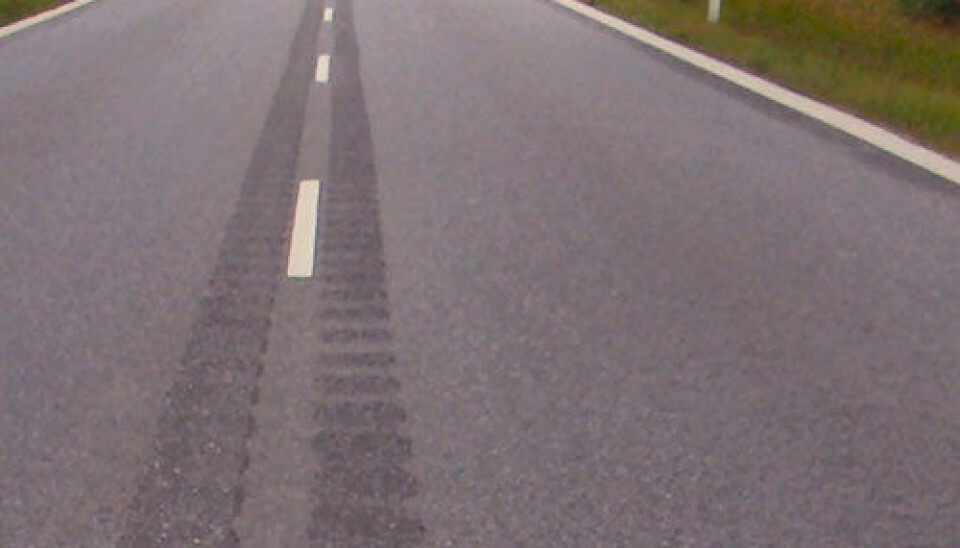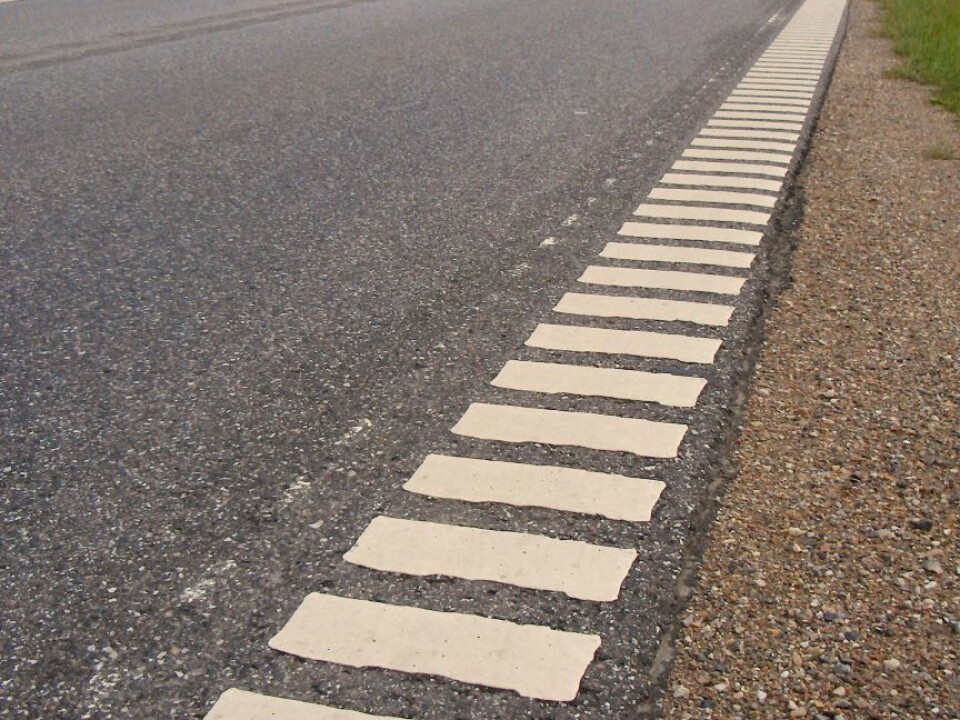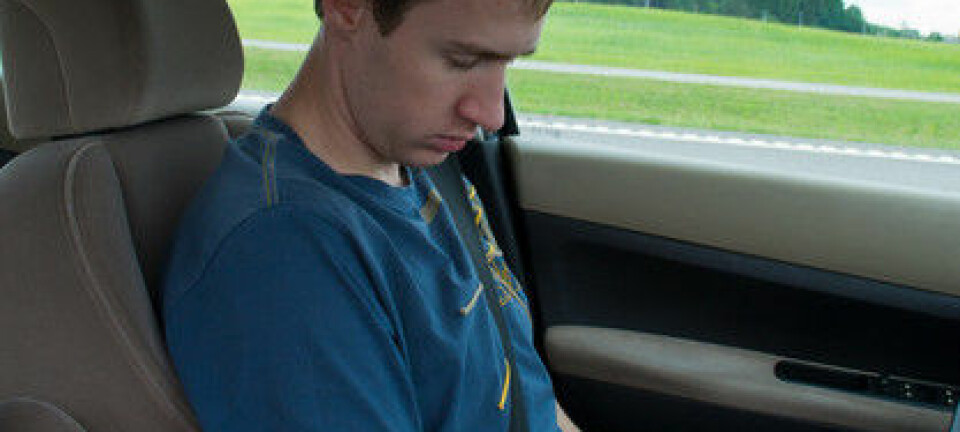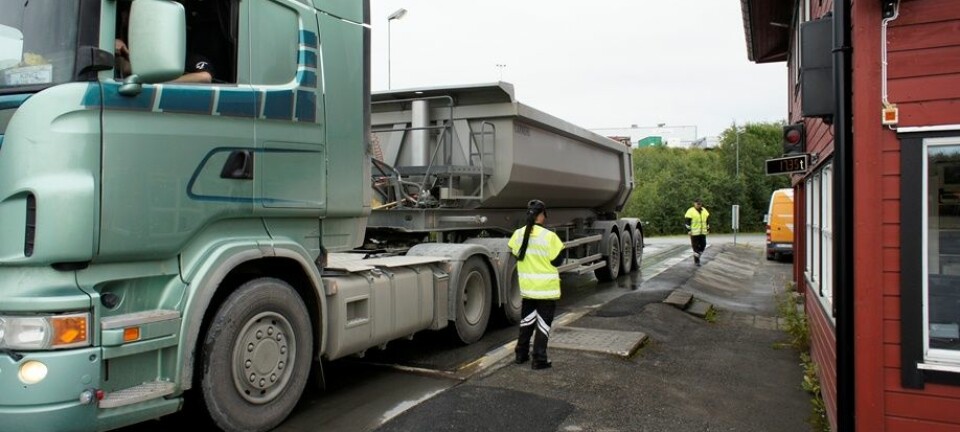
Rumble strips save lives on Swedish roads
Fatal and serious traffic accidents involving only one car are down 30 percent on Swedish freeways after rumble strips were added.
The Swedish National Road and Transport Research Institute (VTI) has calculated this reduction in assessments of its traffic accidents from 2007 to 2012.
Rumble strips, audible lines or sleeper lines consist of grooves ground into the asphalt or raised stripes or bumps in the centre lines or along the shoulders of roads. They alert drivers by both sound and tactile vibrations when they veer out of their lanes.
This helps keep cars from drifting into oncoming traffic or off the road.
Staying on the road
Results of the VTI report show that deaths on dual carriageways ― freeways ― with 110 km/h speed limits dropped by a total of 17 percent after rumble strips were added.

The number of one-car freeway accidents has decreased 30 percent.
Sweden had these strips along 1600 kilometres of freeway at the end of 2012.
Deaths and serious injuries on two-lane highways with rumble strips marking the centre line are down six percent. Serious one-car accidents are down 14 percent on such roads.
The Norwegian Centre for Transport Research published a report in 2010 which revealed corresponding advantages.
In the Norwegian study over 2,500 drivers were queried about their experiences. A quarter of them said they had fallen asleep at the wheel at some time in their lives. Nearly two-thirds of those who had nodded off on stretches of road equipped with rumble strips said the noise and vibrations had jarred them awake.
On roads lacking the strips, 3.5 percent of the drivers ended up in the ditch, crash barriers or the wrong side of the road. Only 0.7 percent who nodded off on roads featuring rumble strips veered off the road.
Nearly everyone feels safer
The Swedes started trials with rumble strips on the shoulders of their roads in the 1990s, and added them in the centre lanes a few years into this millennium.
By the end of 2012 Sweden had this feature in the centrelines of about 400 stretches of road covering a total of 4,700 kilometres.
The VTI study refers to police reports confirming that centreline rumble strips have helped reduce the risk of head-on collisions.
Part of the VTI project involved a survey of focus groups of 360 motorists. Upwards of 90 percent experienced that the rumble strips contribute to better traffic safety.
Trucks and tired drivers
A survey involving lorry drivers showed they too are positive to rumble strips, but with their larger tyres they would like them to be deeper or higher.
Another phase of the VTI project involved simulated tests of drowsy drivers. The results are positive and show how drivers escape accidents by being alerted when they drift onto the strips. No negative consequences of rumble strips have been found.
The researchers write that some drivers have expressed reservations about rumble strips. They claimed these might make them alter their driving habits – perhaps keeping a little further from the edge or the middle of the road, or maybe driving a little slower. But the VTI study did not confirm any such changes in the way people drive.
Read the Norwegian version of this article at forskning.no
Translated by: Glenn Ostling









